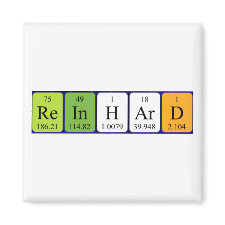
Authors: Kulsing C, Yang YZ, Chowdhury JM, Boysen RI, Hearn MTW
Article Title: Use of peak sharpening effects to improve the separation of chiral compounds with molecularly imprinted porous polymer layer open-tubular capillaries.
Publication date: 2017
Journal: Electrophoresis
Volume: 38
Issue: (8)
Page numbers: 1179-1187.
DOI: 10.1002/elps.201600532
Abstract: This investigation demonstrates the application of a new peak sharpening technique to improve the separation of difficult-to-resolve racemic mixtures in capillary electro-chromatography. Molecularly imprinted porous layer open tubular (MIP-PLOT) capillaries, prepared by a layer-on-layer polymerization approach with Z-l-Asp-OH as the template, were selected to validate the approach. SEM revealed that the polymer film thickness can be varied by changes in both the polymer composition and the layer-on-layer regime. Capillaries made with methacrylic acid as the functional monomer could not separate the Z-Asp-OH racemate, due to weak interactions between the MIP-PLOT material and the target analytes. In contrast, MIP-PLOT capillaries prepared with 4-vinylpyridine as the functional monomer resulted in increased ionic interactions with the target analytes. Separation of the enantiomers could be enhanced when a peak zone sharpening effect was exploited through the use of specific BGE compositions and by taking advantage of eigenpeak phenomena. In this manner, the position of a sharpening zone and the peak shape of the sample analytes could be fine-tuned, so that when the sharpening zone and the target analyte co-migrated the separation of the Z-l-Asp-OH enantiomer from its d-enantiomer in a racemic mixture could be achieved under overloading conditions
Template and target information: Z-l-Asp-OH
Author keywords: capillary electrochromatography, chiral separation, Displacement mechanism, Eigenpeak effects, Layer-on-layer polymerisation



Join the Society for Molecular Imprinting

New items RSS feed
Sign-up for e-mail updates:
Choose between receiving an occasional newsletter or more frequent e-mail alerts.
Click here to go to the sign-up page.
Is your name elemental or peptidic? Enter your name and find out by clicking either of the buttons below!
Other products you may like:
 MIPdatabase
MIPdatabase









